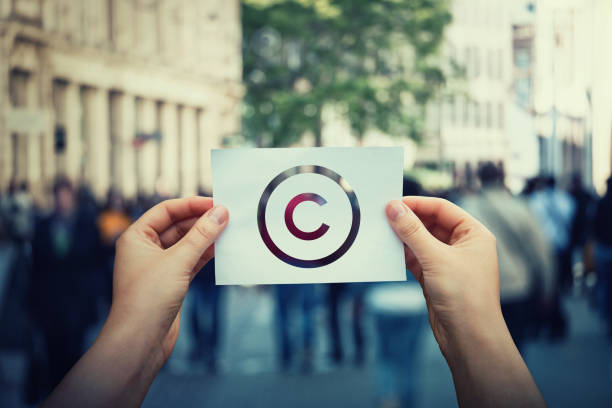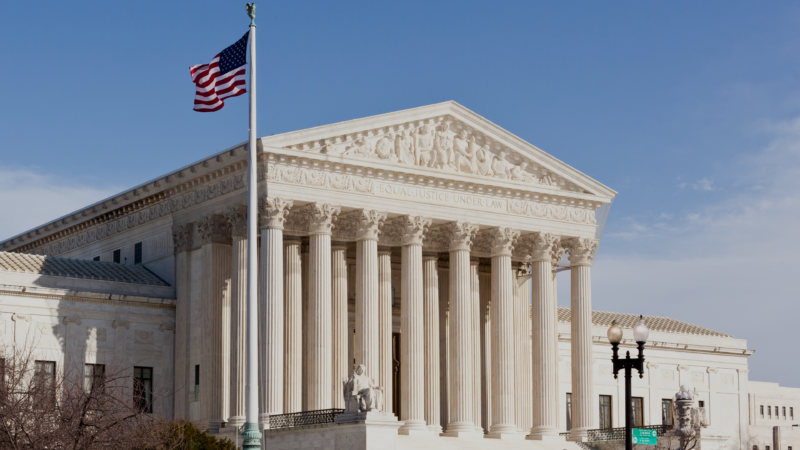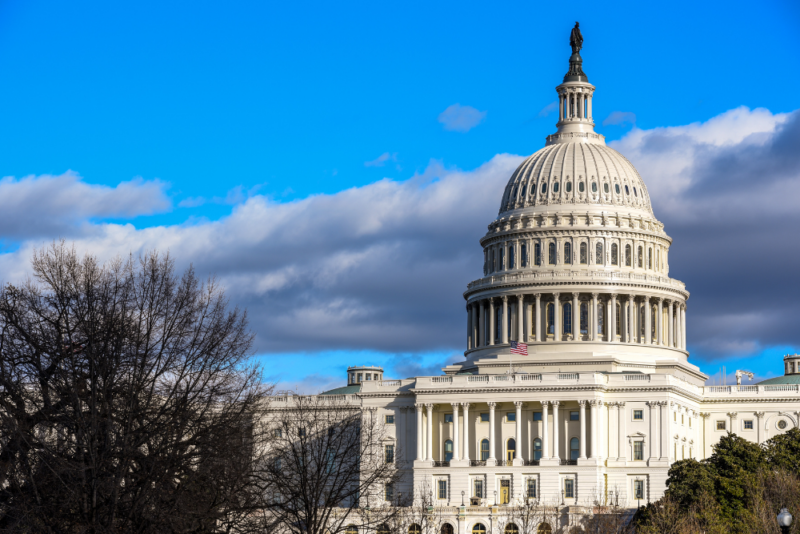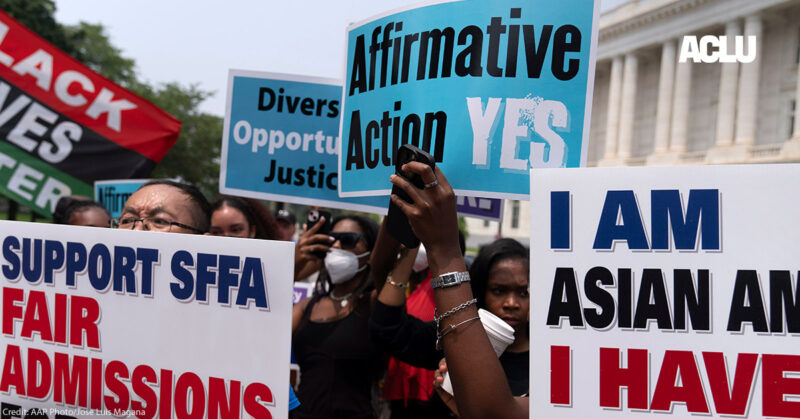By Bill Hilton
In 1994, Congress amended the U.S. Patent Laws to create a new type of patent filing called a provisional patent application and with this came a good deal of confusion – even to this day. For reference, 1994 was also the year that Quentin Tarantino gave us Pulp Fiction with its graphic violence, eclectic humor, and unexpected dialog. Misunderstandings about provisional patent applications however have persisted for over two and half decades. This piece seeks to clarify some common misconceptions about provisional patent applications, explain why they exist, and discuss how they can be used strategically to better protect inventions.
First, there is no such thing as a provisional patent. The role of a provisional patent application is to provide an initial filing upon which a later filed (non-provisional) patent application may claim priority. Provisional patent applications (although assigned a filing data and an application number) are not examined by U.S. patent examiners and will never be allowed or granted as patents.
Second, provisional patent applications are not simply placeholders. The content of provisional patent applications is all-important, just as with non-provisional patent applications. Although provisional applications are not examined, they may later be reviewed by examiners (in the U.S. and foreign countries) to verify priority claims to the specific subject matter. Third, an earlier priority claim to a provisional patent application will not always win in a priority contest. The priority conferred by a provisional patent application is limited to the content specifically disclosed therein only.
Why do we have a type of patent application that is not examined and may lead applicants to rely on false hope of a priority claim? Is this a robbery? For answers, we have to look outside the United States. Briefly, while the United States permits inventors to file patent applications within a year after an inventor’s initial public disclosure (we call this a grace period), other countries do not. Other countries require the filing of a patent application prior to any public disclosure.
So, if a U.S. applicant takes advantage of the one-year grace period by even a day, they lose foreign patent rights. Also, the U.S. patent term is measured from the filing date of the non-provisional patent applications. The absence of provisional applications gave foreign applicants that file here an additional year of U.S. patent term beyond that available to U.S. applicants. Provisional patent applications were intended to address both of these issues. In short, provisional patent applications were created and exist in an effort to balance for U.S. applicants, differences between practices in the U.S. versus foreign countries.
Contact Us Today For Any Questions or Assistance on Your Provisional Patent Applications
Provisional patent applications however are very useful tools, particularly under the United States’ first-to-file priority laws, and filing them can have significant value in certain contexts.
Benefits of Provisional Patent Applications:
- Provisional patent application filings are not made public or published unless and until a later filed patent application that claims priority to the provisional application publishes or grants. An applicant, therefore, that wants to preserve the option of maintaining as secret an invention (e.g., a chemical or computer process) may file a provisional application and wait until later (within a year) to decide whether to pursue a patent or maintain the invention as a trade secret. If no later filed patent application claims priority to the provisional application, the provisional application will never become publicly available.
- An applicant (including an assignee) may use the term “patent pending” commercially on subject matter that is covered by a filed provisional patent application. This may only be used while the provisional application is pending or later becomes relied upon in an active priority claim, but still may have some short-term commercial value in certain contexts.
- If a full written disclosure of the invention is available but there is insufficient time to prepare a non-provisional application, the filing of a provisional patent application may be used to secure a filing date for the content of the written disclosure. Any omitted material (specific or general) may, however, later be denied if the priority claim is found to be insufficiently detailed in the disclosure, so there is certainly risk here.
- Where the invention is still being developed and undergoing revisions, the filing of a provisional patent application may provide flexibility in securing filings at different stages of development (again, all within a year). When a non-provisional patent application is later filed, it may claim priority to any number of provisional patent applications filed with the prior year. So, additional provisional patent applications (that supplement the original disclosure) may be filed at intervals (e.g., every 2, or 3 months), as the invention continues to be developed. Again, the later non-provisional application filing will simply claim priority to all of the provisional applications filed with the prior year, each providing priority for the content disclosed therein.
If provisional patent applications are filed with full knowledge of the risks, and include as much detailed and specific information as possible (ideally to the level of disclosure of a non-provisional patent application), they can be very useful. Be aware, however, that just because a provisional patent application is filed, patent rights may not be secured even though the term “patent application” is included in the name. As the fixer Winston Wolfe (played by Harvey Keitel) said in Pulp Fiction, “Just because you are a character doesn’t mean that you have character.”
How To Protect Intellectual Property
Intellectual property is an intangible asset, created through the ingenuity of people in the form of their brands, innovations, original works of authorship, and confidential information. Intellectual property may serve as the foundation of many businesses and ventures. Thus, it is very important to protect your intellectual property as your business develops and grows.
Protecting Your Brand
Trademarks can be used to protect your brand. A trademark can be a name, a slogan, or a logo used to market your company and/or its goods and services. For example, a well-known trademark is the AMAZON® “smirk” logo. When receiving a package with that logo, many would immediately recognize the package as having come from AMAZON®.
By registering your trademark with the U.S. Patent and Trademark Office, you can exclude others from using your name, slogan, and/or logo in competing goods or services. You cannot use a trademark that is being used by another as a brand for a similar product or service. Accordingly, best practice dictates that a trademark clearance search be performed to ensure that a trademark is available before making any significant investment in its use and registration.
Protecting Your Innovations
Patents can be used to protect your innovations. There are different types of patents that can be obtained through the U.S. Patent and Trademark Office. In particular, utility patents are used to protect new and useful processes, machines, manufactures, compositions of matter, or any new and useful improvement thereof. Design patents can protect the shape and/or surface ornamentation of a manufactured article. For example, Apple Inc. has many utility patents directed to the operation of the iPhone® as well as design patents directed to their shape.
A patent grants the holder (or “the patentee”) the exclusive right to make, use, sell, and import the patented invention for a limited time period. Patent rights are also territorial. In other words, the exclusive rights granted in a U.S. patent do not extend to other countries. Thus, if patent protection is desired in more than one country, a separate patent application must be filed and granted in each country.
It is also important to know that this patent rights vest initially in the inventor(s). Thus, in order to transfer these patent rights to your company, the inventor(s) must execute a patent assignment to the company. Best practice also dictates that a company employee or any third-party consultant execute an agreement to acknowledge their obligation to assign their patent rights (as well as any other intellectual property rights) to the company before engaging in any work.
Protecting Your Original Works of Authorship
Copyrights can be used to protect your original works of authorship. Examples of such authored works may include software, training manuals, design specifications, and marketing brochures. A copyright grants the copyright holder the right to (i) reproduce the copyrighted work, (ii) prepare derivative works based upon the work, (iii) distribute copies of the work to the public, (iv) perform or display the copyrighted work publicly (if applicable).
A copyright comes into existence as soon as the work is fixed in a tangible medium of expression (e.g., paper, electronic document, file, etc.). Although not required, copyrights can be registered with the U.S. Copyright Office. However, in the U.S., a copyright infringement lawsuit cannot be brought until the holder registers their copyright. Typically, this process involves submitting at least a portion of the authored work.
Furthermore, the author of the work initially owns the copyright. However, like patent rights, ownership of copyright can be transferred to others through a copyright assignment.
Protecting Your Confidential Information
Intellectual property in the form of confidential information can be protected as a trade secret. Trade secrets can include customer lists, business plans, and information that cannot be easily reverse-engineered on how a product works. The most famous trade secret is the recipe for COCA-COLA®. The recipe has been held in secrecy for over 100 years. However, once the confidential information becomes known, it may no longer be a trade secret. Therefore, with trade secrets, it is important to limit access to confidential information to only those persons who need to know it. Best practices also dictate that a person with whom the confidential information is being shared sign a confidentiality/non-disclosure agreement.
Takeaways
It is important to have a strategy for protecting your company’s intellectual property. As reemphasized below, different aspects of your intellectual property may be protected in different ways.
- Trademarks for protecting your brand;
- Patents for protecting your innovations;
- Copyrights for protecting your original works of authorship; and
- Trade secrets for protecting your confidential information.
Meet the Author
CHECK OUT SOME OF OUR LATEST POSTS…
- What is a Provisional Patent Application?

- CLIENT ALERT: Supreme Court Rejects Rule Requiring Majority-Group Plaintiffs To Meet Higher Evidentiary Standard for Title VII Claims

- Executive Order Seeks to Eliminate Disparate Impact Liability in Title VI & VII Enforcement Actions

- Alumni Ventures

- CLIENT ALERT: Appeals Court Blocks Preliminary Injunction On Key Provisions of the DEI Executive Order

- Client Update – Executive Order Upends Affirmative Action For Federal Contractors and Opens Door to False Claim Act Liability

